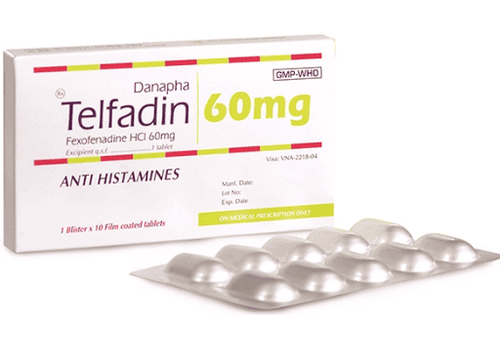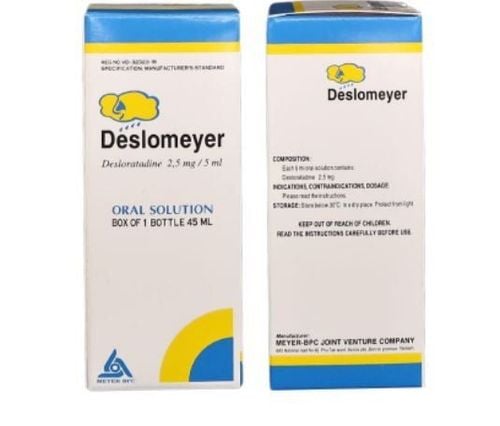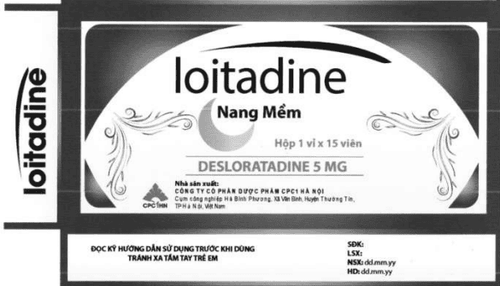This is an automatically translated article.
Allergies are common health problems, which can be dangerous to health if not handled appropriately. There are many things that can lead to allergies, such as seasonal allergies, food allergies, pollen, dust, medications, or detergents. Some of the following home remedies can help prevent and relieve allergic itching.
1. Put a rug in front of the house
Many allergens like pollen can move into your home through your shoes. You should design a rug to place in front of the door and ask friends and family to wipe their shoes before they enter the house. You can choose a rubber mat that is easy to clean. Better yet, ask guests to leave their shoes at the door.
2. Clean the air with HEPA filter
HEPA air filter can catch 99% of your allergen tiny particles. It works best for removing pet hair and pollen. This is a relatively effective home remedy for allergies. You can get more information from the units tested by the Association of Home Appliance Manufacturers, which list the clean air distribution ratio (CADR). When installing, you need to ensure the quantity is at least 2/3 of the room area.

Bộ lọc không khí HEPA có thể bắt 99% các hạt nhỏ gây dị ứng.
3. Upgrade the filter in your stove system
You can try paper filters with a MERV (efficiency) rating of 7 to 13. They are almost as effective as HEPA filters. You can also opt for an electrostatic type that uses charged fibers to trap allergens. Replace the filter every 3 months to keep your stove system in good working order. A more expensive option is a HEPA filter or a whole-house electrostatic filter added to your heating and air conditioning system.
4. Electronic air cleaner
These types of electronic air cleaners do not use filters or fans. Instead, they change the charge on pollutant particles that help relieve the itch of smog allergies. However, some of these products release ozone, which can make your allergies worse. You can move this air cleaner from room to room, place one on your oven, or mount it in place on your ceiling.
5. Using the Neti . pot
You can relieve allergic itching if you clear the passages of your nose by filling the basin with warm saline mixed with distilled or sterile water. You can also use boiled tap water after it has cooled down. Then, you perform tilting your head over the sink, then, pour the prepared salt water into one nostril and let the salt water flow out the other. You can also use a bulb syringe or wash bottle.
6. OTC allergy medicine
They come in the form of oral tablets, eye drops and nasal sprays. Antihistamines help relieve itchy allergies, sneezing, watery eyes, and runny nose. Decongestants are effective in treating nasal congestion. When you have itchy eyes, you can put an antihistamine on the itchy area.
Allergy nasal sprays are medicines that work to stop sneezing and runny nose. So if you use them for 3 days or more, they can make your stuffy nose worse.
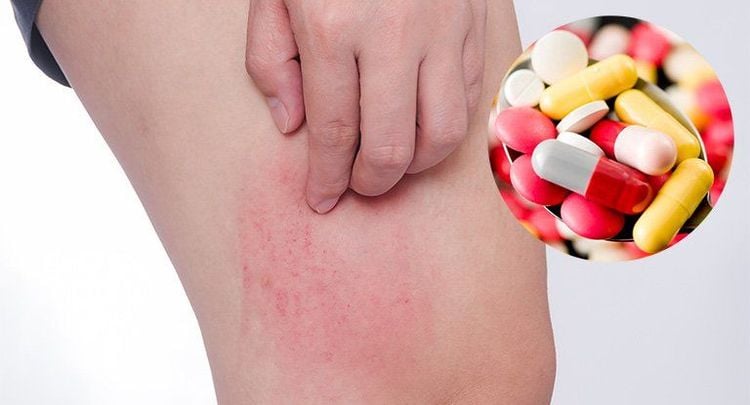
Bạn có thể sử dụng thuốc để giảm các triệu chứng dị ứng.
7. Humidifiers and dehumidifiers
Dust mites are tiny creatures that live on beds, sofas and carpets, which can cause you allergies. They thrive in warm, humid air, so you can resist if you keep the humidity in your home low. However, air that is too dry can irritate your nose and make your symptoms worse. Balance indoor humidity from 30% to 50%. You can monitor it with a device called a hygrometer that helps relieve allergic itching caused by too low humidity.
8. Make your bed periodically
You can reduce allergic itching if you keep dust mites out of mattresses and pillows. First, you should choose pillows and duvets made of man-made materials that are less likely to cause allergies rather than feathers, which are "mite-friendly" materials. Then cut down on the throw pillows. Also, make sure you wash your bedding at least once a week in hot water.
9. Refurbish bed sheets
You should try to refurbish by changing bed sheets regularly. Surround your pillows, mattress, and box springs with allergen-resistant covers. The price depends on the size of your bed.
10. Change the type of cleaning cloth
You should regularly change old wipes that contain allergens. While you're dusting, grab a microfiber cloth. Unlike a cotton towel or an old t-shirt, it has fibers that have an electrostatic charge to attract and hold dust. You need to re-wash such wipes regularly. You can use microfiber gloves for hard-to-reach or delicate items and special wipes for electronics.
11. Use gloves and masks when doing housework
Housework and gardening can stir up a wide range of allergens from dust and pet dander to pollen and mold. When encountering these agents, you can use a mask and gloves when you work outside or indoors when you handle household cleaners.
12. Use a vacuum cleaner with a HEPA filter system
Vacuuming once a week can help relieve allergic itching, but standard machines can stir dust and allergens into the air. Instead, you can if you use a vacuum with a HEPA filter instead or a double bag to limit dust.
13. Using steam cleaners
Steam cleaners remove dust mites from carpets and upholstered furniture. You can use a steamer at a laundromat or home improvement store, or purchase your own steamer. Some manufacturers offer cleaning solutions that are specifically made to control triggers and relieve allergic itching. Vacuuming after you have steamed it works well in removing dead mites.
14. Remove mold
Mold usually lives in warm, humid places like kitchens and bathrooms. What should you do when you have an allergy? You must clean, disinfect, and dry these areas by scrubbing them with soap, water, and a stiff brush. Disinfect with a fungicide with 5% chlorine bleach, or use hydrogen peroxide or vinegar. Check the leak site and use an exhaust fan to prevent the leak from returning.
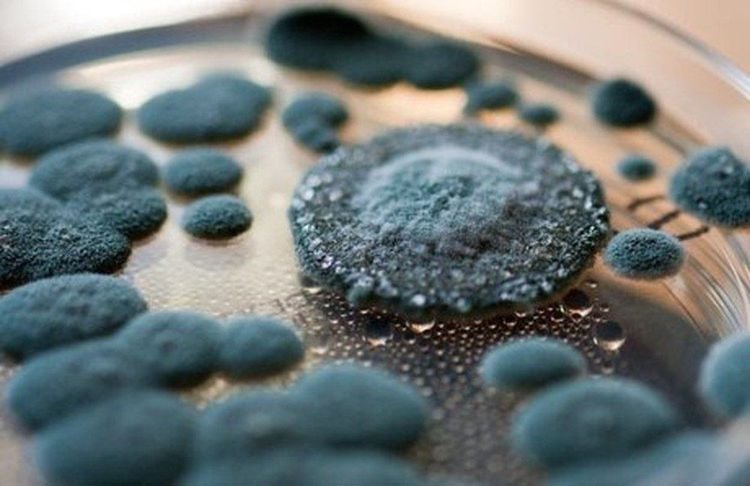
Thường xuyên loại bỏ các vết nấm mốc xung quanh nhà bạn.
15. Use shampoos and bedding made specifically for pets
What should you do when there is a pet in the house and someone in the house has allergies? You can minimize the signs of an allergy if you keep your pet's exposure to a minimum. Regularly use a mild shampoo to wash your pet's hair. If your dog/cat doesn't like bathing, at least wipe their coat with a damp cloth. You can also purchase separate wipes for pets. Use a wipeable plastic pet bed or wash bedding in hot water at least once a week.
16. Buy washable toys
Stuffed toys often attract a lot of fluff, dust mites as well as dirt. You can check the labels when you buy them to make sure you can wash or clean them. Put them in the washing machine with hot water or do a hot wash on a weekly basis. Then hang or store them on a shelf or in a hanging net, but not on the bed. At the same time, plastic or wooden toys also need to be cleaned with a damp cloth.
Hopefully, after reading the above article, you were able to figure out how to help relieve allergies at home yourself. Do not forget to follow the website: Vinmec.com regularly to update many other useful information.
Reference article: webmd.com




